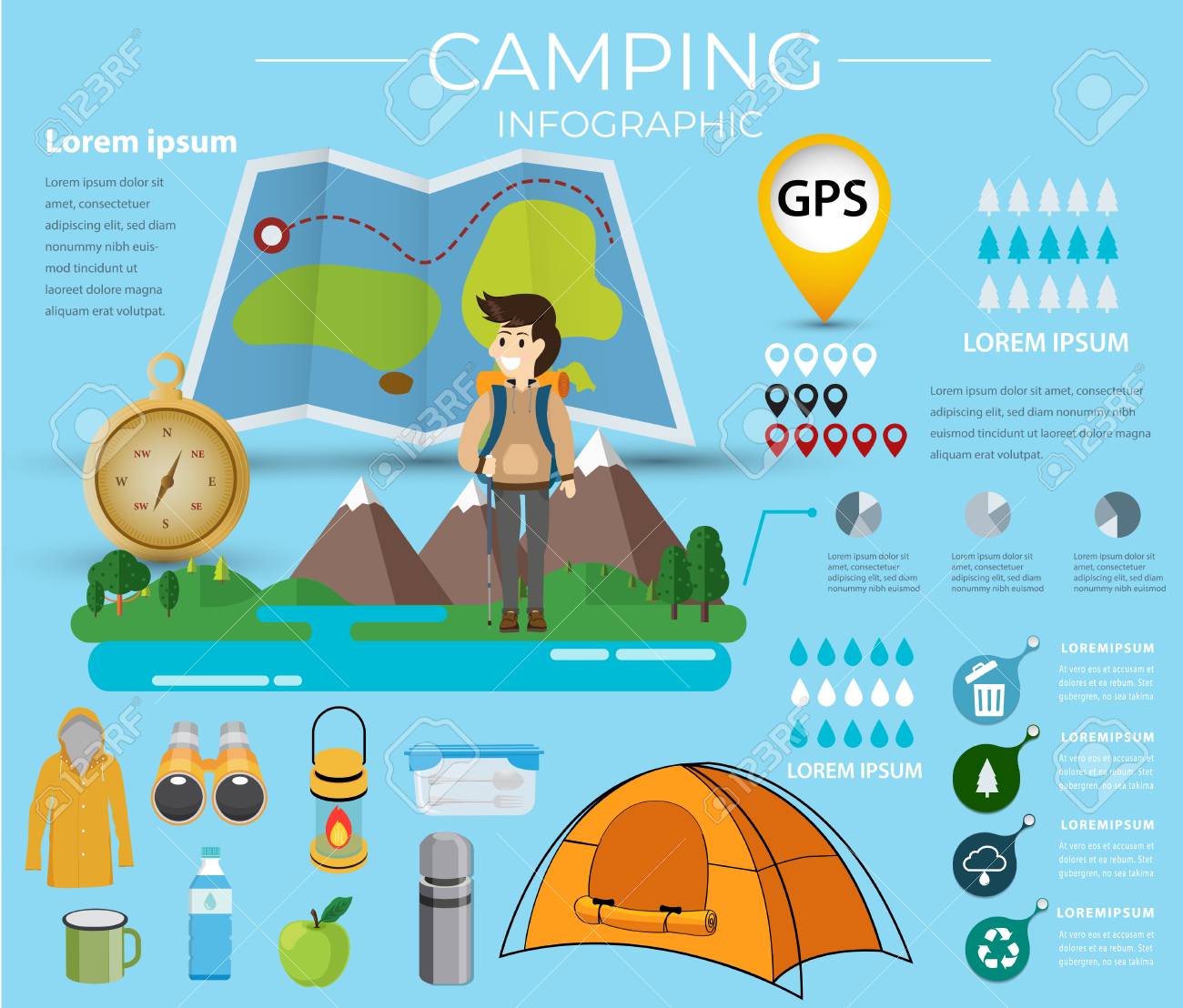The Hold Drawback is a simple and safe means to establish outdoor tents guy lines. It's also a wonderful method for backing out a stubborn outdoor tents secure. It can also be made use of to produce an adjustable tarpaulin person line where the modification is made at the tent/tarp end. It's useful in high winds as it doesn't slide.
1. Bowline
Bowline is a knot that makes a loop at one end of a rope. It's simple to connect and unknot, and it withstands jamming rather well.
It's also an excellent knot to utilize for joining two lines together, although it's usually suggested that you utilize a various strategy (such as a sheet bend or square knot) for this function, to prevent having both separate bowlines wear versus each other in time and weaken the line.
One possible issue with bowlines is that they can easily jam or bind if the functioning end is incorrectly passed through the bunny hole. A number of crucial failings have been reported as a result of this, especially when made use of in climbing up applications. To assist avoid this from occurring, you can make a left-handed bowline by passing completion around the standing part of the loop as opposed to via it, as received the animation listed below. This variant reportedly does much better and stands up to ring stress (a distending force used either side of the knot) far better than the conventional bowline.
2. Grip Hitch
Using these grasping hitches to protect your individual lines helps you prevent the issue of your line jamming while adjusting or tightening them. They are likewise valuable when connecting a line to an item that is harder to reach than your standing end, such as a tree or big support things.
The Grip Hitch is a friction knot that can be easily moved up or down the line while slack however holds firm under tons. It serves for tensioning ridgelines or guy lines and for camping applications to safeguard tarps or outdoors tents.
To link the Hold Hitch, pass the functioning end around the standing component twice and put it under itself. To tighten up, pull on the working end to produce a bight and then make use of the bight to secure the knot to itself. For included protection, you can cover the working end around the standing part 3 times to increase rubbing and protect against the hitch from slipping under lots.
3. Midshipman's Hitch
Likewise known as the Taut Line Drawback (ABOK # 1856, p 310), Flexible Drawback, or Rigger's Drawback this knot develops a flexible loophole at the end of a rope that can be glided up and down the standing end but still holds tightly when tightened. It is also easy to untie while under load.
Ashley suggests this knot for a camping tent man line since unlike the bowline it can be connected while under tons and is less prone to twisting. It likewise creates an intermediate Awning Hitch that can take the first tons while linking the final Fifty percent Drawback
To use this knot cover the working end around a things such as a pole or cleat. Next pass it back toward the object through the very first Half Drawback creating a 2nd Awning Hitch. Finally coating connecting the last Half Hitch and pull hard to dress and tighten up. For extra protection cover a second Midshipman's Hitch on top of the initial.
4. Flexible Hold Hitch.
The Flexible Hold Hitch, also called the Crawley Adjustable Drawback and the Adjustable Loop Knot, is a friction drawback that can be quickly shifted up or down a line with slack yet holds firm under tons. It is typically used for readjusting camping tent ridge lines or tarpaulins around camp.
This slide-and-grip knot provides good grasp and is much easier to connect than the Tautline Hitch or Midshipman's Drawback, however shouldn't be made use of for vital applications because it may slide when shock packed. It can be improved by including extra starting turns to raise the "grip" and friction in unsafe products.
To tie this friction insect repellent drawback, pass the functioning end around the object, then cover it back along with itself and tuck the end under the second turn. Draw the functioning end to tighten the knot.
